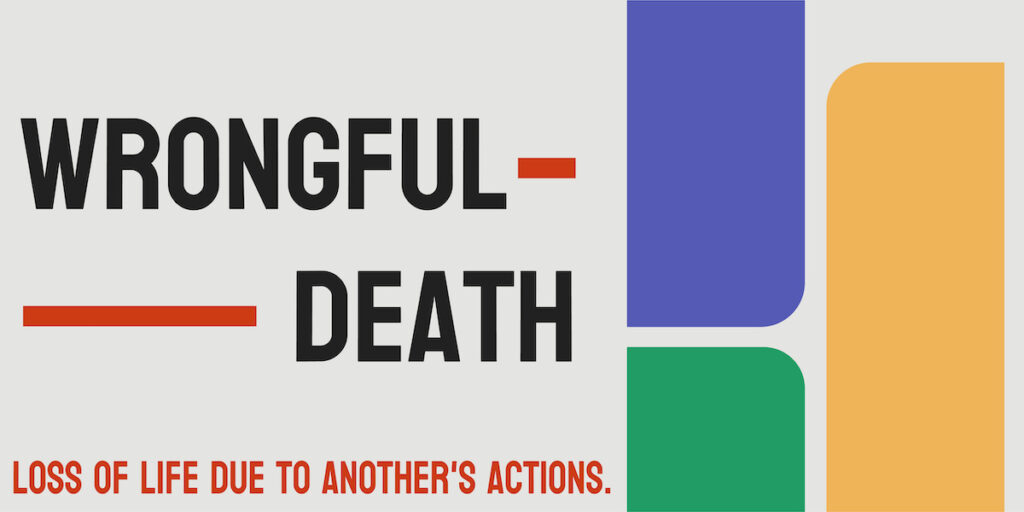Given Snow White’s young age when her father passed, it is likely that she was too young to manage a large sum of money or rule a kingdom without some guidance and oversight. Therefore, whatever he wanted to leave behind for Snow White could have been held in trust for her, either under his will as a testamentary trust or as a sub-trust of his revocable living trust. A trust would have allowed him to craft specific instructions on when and how Snow White would receive her inheritance. If the king created a separate sub-trust for Snow White, he could provide instructions so Snow White would receive her inheritance when the king died instead of waiting until her stepmother passed away to receive whatever was left over.
Category Archives: Inheritance
Before she died, Gloria Vanderbilt, heiress to the Vanderbilt fortune created by her great-great-grandfather, railroad and shipping tycoon Cornelius Vanderbilt, told her kids she would not leave them an inheritance. Gloria was herself the beneficiary of a trust fund worth an estimated $2.5–$5 million in 1925, or around $35–$70 million today, and had a reported net worth of around $200 million when she passed away.
A wrongful death, as the term implies, is a death that results from the “wrongful” action of another, such as negligence, carelessness, recklessness, or intentional conduct. Both individuals and entities, such as businesses and governments, can commit a wrongful action that leads to death. For example:
The Centers for Disease Control and Prevention (CDC), reports one in four US adults have some type of disability. Frustratingly, disability may render you unable to manage your own affairs. This is also known as being incapacitated. In this case, you will not be able to turn back the clock. So, make plans that will make your transition into a possible incapacity as smooth as possible. You can take meaningful actions prior to an incapacity. This protects your money, property, and legacy in the wake of any newfound limitations:
Most people report that managing paperwork relative to the probate process can be a monumental undertaking. This is due to structured timelines and court-imposed deadlines.
When crafting your estate plan, it is important to understand what you have and who you want to leave it to. But you may also want to speak with your beneficiaries before creating your plan to find out if the person you plan to give an item to wants the item, particularly if the item has storage or maintenance requirements that the person will be responsible for.
A husband may move out of the home he shared with his wife and have limited or no contact with her or their children. An abused child who lives with a relative may avoid contact with their parent. A parent may choose not to associate with a child who has committed crimes or abused their trust. These types of situations are unfortunate and occur more often than we would like. Limited contact, or even the absence of any contact, fails to majorly impact the legal right of an estranged spouse or child to inherit from their family member. This is especially true if no estate plan expresses an intention to disinherit them.
Payable on death and transfer on death sound ominous; and while the topic of death is always somewhat gloomy, POD and TOD are estate planning terms that financial account holders should be familiar with.
The first step is to figure out what accounts the deceased had by looking through their mail, email, or phone notifications. You may get lucky, as the deceased may have compiled a list as part of their estate plan. Once you have identified what accounts were in the deceased’s name, you can move on to the next step of deciding whether to cancel or keep them.
With very few exceptions, state law governs estate administration. So, each state follows unique laws and regulations regarding probate and distribution of a decedent’s assets.











